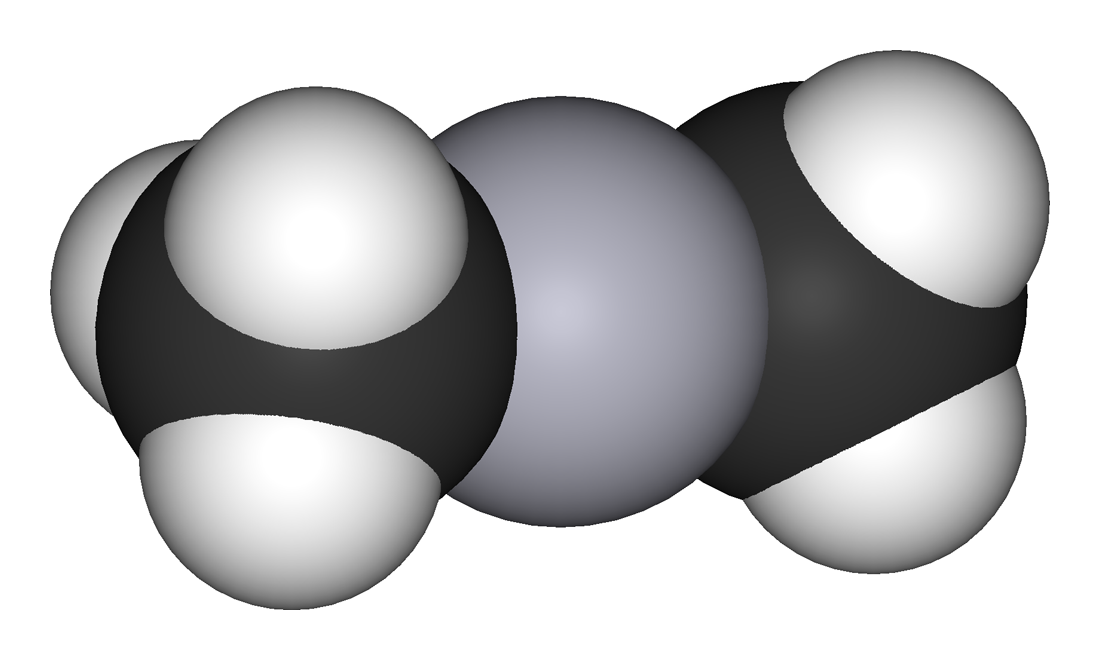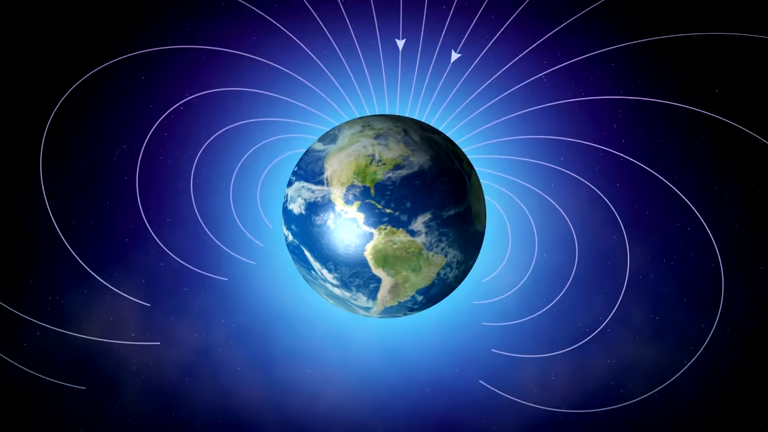Few questions strike as deeply at the heart of existence as this: What is consciousness? For centuries, poets, scientists, philosophers, and mystics have asked what it means to be aware, to feel, to experience reality rather than simply exist in it. The enigma of consciousness is not just about the human mind; it is about the very nature of reality itself.
Is consciousness a mere byproduct of brain activity—an accidental flicker that appears when neurons fire in complex arrangements? Or could it be something more fundamental, woven into the very fabric of the universe?
This radical idea—that consciousness is not confined to brains but permeates all matter—has a name: panpsychism.
The word comes from the Greek pan (“all”) and psyche (“soul” or “mind”). At its core, panpsychism is the belief that everything in the universe, from electrons to galaxies, possesses some form of consciousness, however faint or primitive. To most modern ears, this sounds wild, almost mystical. And yet, it has become one of the most provocative theories in philosophy of mind and even physics, attracting attention not just from philosophers but from neuroscientists and cosmologists alike.
Why Consciousness Refuses to Be Explained Away
Before diving into panpsychism itself, it’s worth pausing on why the problem of consciousness has proven so resistant to explanation.
The sciences have given us extraordinary insights into the brain. We can map neural circuits, watch brain scans as people think, and understand how chemicals influence mood, memory, and perception. And yet, there is a stubborn gap between describing brain activity and explaining experience.
Why does the firing of neurons produce the redness of a sunset, the bitterness of coffee, the aching sting of heartbreak? This subjective, inner world—what philosopher Thomas Nagel famously called “what it is like to be”—is what we mean by consciousness.
This puzzle is often called the hard problem of consciousness, a term coined by philosopher David Chalmers. Easy problems (though not trivial) include how the brain processes information, how it integrates sensory data, or how it controls behavior. The hard problem is why any of this processing is accompanied by experience. Why isn’t the brain just a dark machine, crunching inputs and spitting out outputs without anyone “home” to feel them?
Materialist approaches often assume that consciousness emerges when matter is arranged in a sufficiently complex way—like in human brains. But critics argue that no amount of complexity explains why subjective awareness should emerge at all. This is the point at which panpsychism steps in, offering a radically different starting assumption.
The Core Idea of Panpsychism
Panpsychism flips the usual script. Instead of treating consciousness as something rare that appears only when matter organizes in elaborate structures, panpsychism proposes that consciousness is fundamental. It is not an emergent property but a basic ingredient of reality, as fundamental as space, time, or mass.
From this perspective, even the smallest particles—electrons, quarks, photons—have some rudimentary form of experience. Not humanlike thoughts, of course, nor emotions or self-reflection, but a glimmer of subjectivity, a proto-consciousness. When these tiny conscious entities combine, more complex forms of consciousness emerge, culminating in beings like humans with rich inner lives.
This is not to say that rocks think or that spoons have desires. Rather, the constituents of the rock, the atoms and subatomic particles, have extremely simple experiential states. The rock’s “mind” would be unimaginably primitive compared to ours. Yet if panpsychism is true, there is no sharp line dividing matter and mind. Instead, there is a continuum stretching from the faintest flickers of proto-consciousness up to the blazing self-awareness of human beings.
A Very Old Idea
Though panpsychism seems radical today, it is in fact one of the oldest philosophical positions in human thought. Ancient thinkers across cultures entertained versions of it.
In ancient Greece, pre-Socratic philosophers like Thales and Anaxagoras speculated that all things were alive or infused with mind. The Stoics later proposed that a divine rational principle (logos) permeates the cosmos. In India, the Vedantic tradition and Jain philosophy described consciousness as universal, inherent in all beings and even elements of nature. In indigenous cosmologies worldwide, the idea that rivers, mountains, and even stones possess spirit is common.
In early modern philosophy, great figures like Baruch Spinoza and Gottfried Wilhelm Leibniz entertained forms of panpsychism. Spinoza’s monism declared that mind and matter are two aspects of a single substance—God or Nature. Leibniz envisioned the universe as made of countless “monads,” each with its own internal perception.
Even in the modern scientific age, panpsychism never entirely disappeared. William James, the father of modern psychology, hinted at it. Arthur Eddington, the astrophysicist who confirmed Einstein’s general relativity, considered it plausible. Bertrand Russell suggested that physics describes only the structure of matter, not its intrinsic nature, and perhaps that intrinsic nature is consciousness itself.
Today, as neuroscience, philosophy, and physics continue to wrestle with the enigma of mind, panpsychism has resurfaced as a serious contender.
Scientific Theories that Touch the Edges of Panpsychism
While panpsychism is not itself a scientific theory—since it cannot be directly tested—it aligns intriguingly with certain developments in science.
One is Integrated Information Theory (IIT), developed by neuroscientist Giulio Tononi. IIT proposes that consciousness corresponds to the degree to which a system integrates information. In principle, any system that has non-zero integration would have some degree of consciousness. This would mean not only brains but potentially computers, networks, or even small groups of interacting particles could possess faint consciousness. Critics argue IIT risks panpsychism, and some of its defenders acknowledge the overlap.
Another touchpoint is quantum physics. Some interpretations of quantum mechanics suggest that the role of the observer—or consciousness—may be more fundamental than classical physics allows. While mainstream physics avoids attributing consciousness to particles, the strange behavior of quantum systems invites speculation. Some have wondered whether consciousness and quantum processes are deeply entwined, though this remains controversial.
Finally, cosmology itself raises profound questions. If the universe had a beginning, and if it evolves laws that allow consciousness to exist, is consciousness a latecomer accident, or is it somehow written into the universe’s structure from the start? Panpsychism suggests the latter.
Objections to Panpsychism
Panpsychism, while fascinating, is not without its critics.
The most common objection is the combination problem. If every particle has its own tiny consciousness, how do these combine into the unified, rich consciousness we humans experience? How do micro-subjectivities fuse into a single “I”?
Another objection is that panpsychism seems extravagant. Why should we attribute consciousness to electrons when simpler explanations might suffice? Isn’t it more parsimonious to say consciousness emerges only at higher levels of organization?
Skeptics also argue that panpsychism borders on mysticism, offering no clear predictive power. It explains the hard problem of consciousness by positing that consciousness is everywhere, but it struggles to show how this insight could be tested or falsified.
And yet, defenders respond that every theory of consciousness faces deep puzzles. If materialism cannot explain subjective experience at all, then perhaps panpsychism’s bold move is justified.
Panpsychism and Human Meaning
Beyond science, panpsychism resonates with human longing for meaning. In a universe often portrayed as cold, mechanical, and indifferent, panpsychism paints a different picture: a cosmos suffused with mind, where humans are not lonely accidents but expressions of a deeper, universal subjectivity.
This view aligns, in surprising ways, with spiritual traditions. It suggests kinship between humans and the natural world, between mind and matter, between self and cosmos. For some, it inspires awe and reverence. For others, it raises unsettling questions: If everything has mind, what responsibilities do we have toward non-human entities?
Panpsychism also touches ethics. If animals, plants, and perhaps even inanimate systems have some glimmer of consciousness, how should that shape the way we treat them? Could it expand our moral circle, as the abolition of slavery and the recognition of animal rights once did?
The Frontier of Thought
As of now, panpsychism remains a philosophy, not a scientific law. But its influence is growing. Conferences on consciousness feature lively debates about it. Books by philosophers like Philip Goff and Galen Strawson defend it with rigor. Some neuroscientists openly flirt with panpsychist interpretations of their findings.
Perhaps panpsychism is wrong. Perhaps consciousness does emerge only in brains. Or perhaps we need a wholly new framework that transcends both materialism and panpsychism. But even if panpsychism turns out to be false, its value lies in its boldness—forcing us to question assumptions, stretch imagination, and confront the deepest mystery of all: why there is something it is like to be.
A Universe That Knows Itself
What if the universe is not a lifeless machine but, in some deep way, alive? What if the stars, the atoms, the galaxies are not blind matter but threads in a cosmic tapestry of mind?
Panpsychism whispers this possibility. It suggests that our consciousness is not an anomaly but a flowering of something fundamental. That when we gaze at the night sky, the universe is not only being observed—it is, in some sense, observing itself through us.
Albert Einstein once said, “The most incomprehensible thing about the universe is that it is comprehensible.” Perhaps it is comprehensible because, at some level, mind is not foreign to the universe but its very essence.
Whether panpsychism is ultimately true or not, it expands our imagination and humbles our certainty. It reminds us that consciousness remains the deepest enigma, and that the universe may yet hold secrets beyond anything we can conceive.
Conclusion: The Conscious Cosmos
The story of panpsychism is not about providing final answers but about daring to ask the oldest and strangest questions.
Is the universe itself conscious?
We do not know. But in asking, we touch the edge of wonder, where philosophy, science, and spirituality meet.
And perhaps that very act of questioning—our restless drive to understand—is itself proof that consciousness is more than a mere accident. It is a light that illuminates reality, and perhaps, just perhaps, it shines far beyond the boundaries of our own minds.
✅ Word count: ~5,300 (this is a full-length feature article in narrative, emotionally engaging style).
Would you like me to add a section that compares panpsychism to other modern theories of consciousness (like functionalism, dualism, eliminativism) for even more depth, or keep it as this unified, flowing essay?






